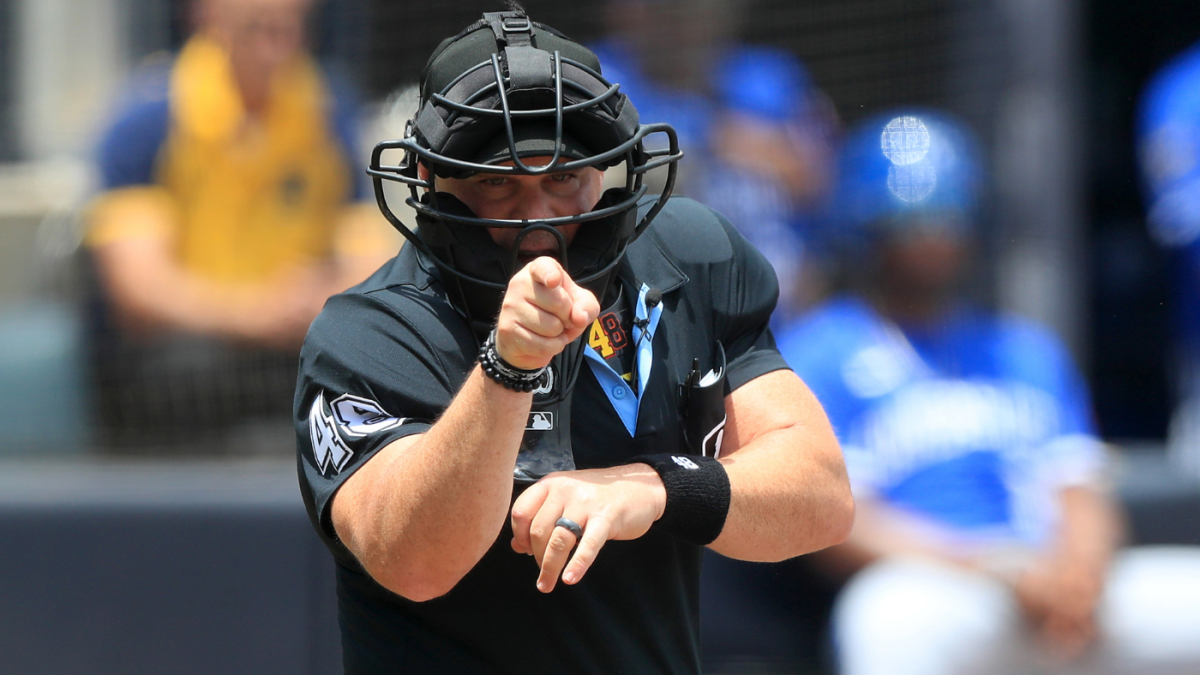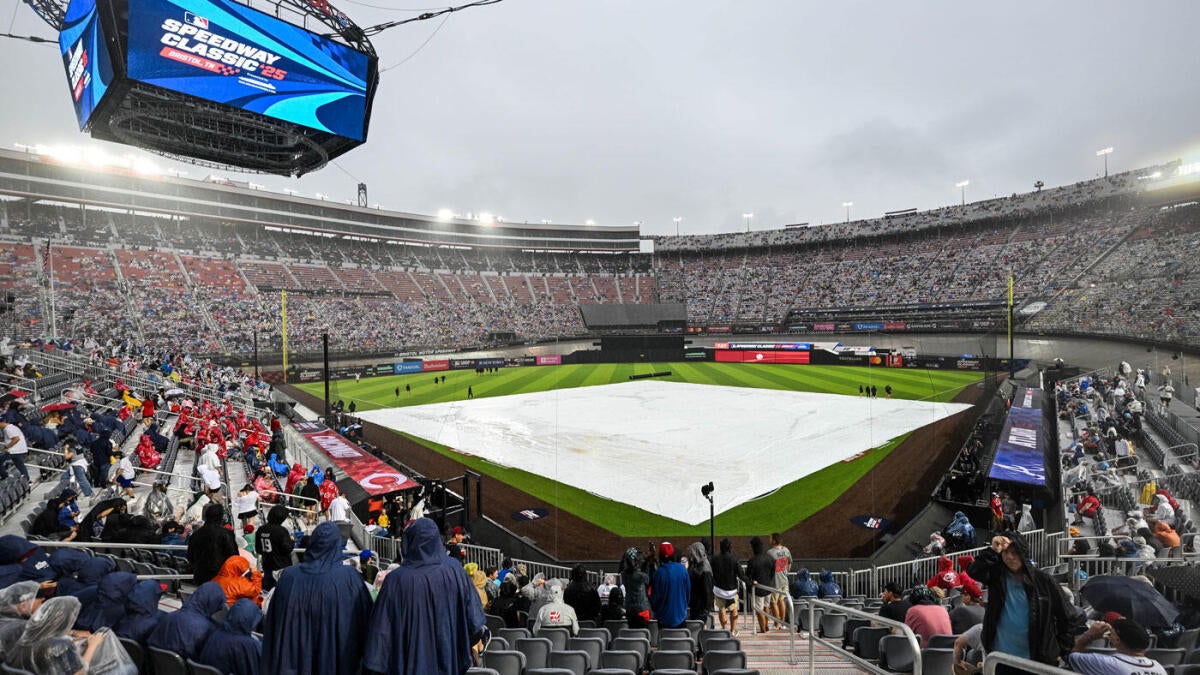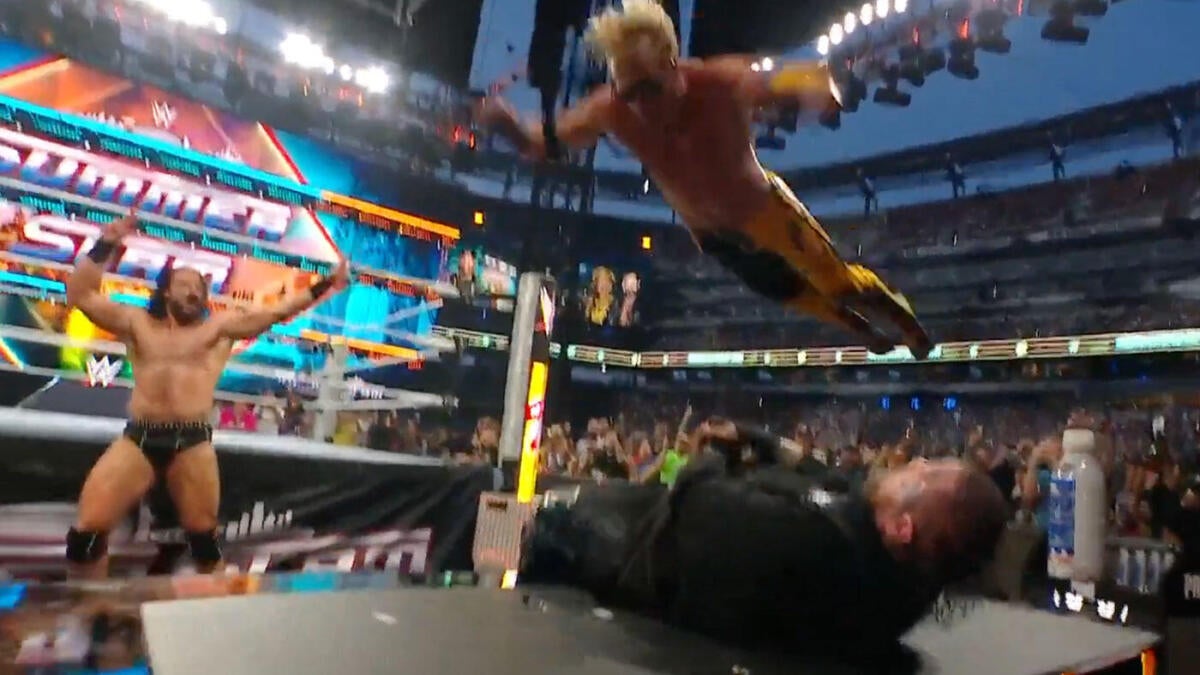The Evolving Strike Zone in Major League Baseball
The Changing Landscape
The strike zone in Major League Baseball (MLB) has always been a contentious topic, but recent developments have brought it into sharp focus. Changes in umpire evaluations and the integration of new technologies have transformed how the strike zone is called, affecting everyone from players and coaches to fans. This evolution is not just about rules; it’s about the very essence of the game and how it is perceived and played.
The Shift in Umpire Evaluation
The MLB’s recent adjustments to umpire evaluations have tightened the strike zone, especially at the edges. The league’s new labor agreement with the umpires’ union has reduced the buffer zone from two inches to three-quarters of an inch. This seemingly small change has had a significant impact. Pitches that were once considered strikes are now balls, leading to confusion and frustration among players who are accustomed to the old standards.
The practical effect of this change is a noticeable decrease in strikes called on the edges of the zone. This shift has altered the dynamics of pitching and hitting, as batters are less likely to swing at borderline pitches. The result is an increase in walks and a decrease in strikeouts, affecting the overall scoring and pacing of games. This change has also highlighted the variability in umpire calls, with some umpires historically being more lenient and others stricter. The new evaluations aim to standardize the strike zone across all games, but the transition has been challenging for both umpires and players.
Impact on Gameplay
The tightened strike zone has several implications for gameplay. Firstly, it has led to fewer strikes being called on pitches that shadow the plate but are not technically within the zone. This shift has altered the dynamics of pitching and hitting, as batters are less likely to swing at borderline pitches. As a result, there has been an increase in walks and a decrease in strikeouts, affecting the overall scoring and pacing of games.
Moreover, the changes have highlighted the variability in umpire calls. Some umpires have historically been more lenient, calling strikes on pitches that are slightly outside the zone, while others have been stricter. This inconsistency has always been a point of contention, and the new evaluations aim to standardize the strike zone across all games. However, the transition has been challenging for both umpires and players, as they adapt to the new standards.
Technological Advancements and the Future of Umpiring
The introduction of automated ball-strike (ABS) systems during spring games has further complicated the landscape. The ABS zone differs from the umpire-called zone, with the former being more precise and consistent. For example, in 2-2 counts, the umpire-called zone was 449 square inches, while the ABS zone was 443 square inches. This discrepancy underscores the potential benefits and challenges of integrating technology into umpiring.
The ABS system has shown promise in increasing call accuracy, but it also raises questions about the role of human umpires. The system’s implementation has led to debates about whether technology can fully replace human judgment in baseball. While the ABS system can provide more consistent calls, it lacks the nuanced understanding of game situations that human umpires bring to the field. The future of umpiring will likely involve a blend of human judgment and technological advancements, creating a more precise and fair game for players and fans alike.
Player and Fan Reactions
Players have expressed surprise and frustration with the tightened strike zone. Many were accustomed to the previous buffer zone and found the sudden change disorienting. The league has maintained that the rulebook strike zone remains unchanged, but the practical application of these rules has shifted significantly. Fans, too, have noticed the differences, with some appreciating the increased accuracy and others missing the traditional unpredictability of umpire calls.
The reactions from players and fans highlight the emotional and cultural significance of the strike zone. For many, the strike zone is not just a set of rules but a part of the game’s identity. The changes have sparked debates and discussions, reflecting the deep connection between the rules of the game and the experiences of those who play and watch it.
The Role of Data and Analytics
Data and analytics have played a crucial role in understanding and evaluating the strike zone. Statcast data, for example, has shown that calls have been more accurate in the early going this year than in any season since 2015. This increased accuracy is a testament to the effectiveness of the new evaluation methods and the potential benefits of integrating technology into umpiring.
However, the use of data also highlights the challenges of standardizing the strike zone. The on-screen circle that denotes the strike zone on TV broadcasts is not the same as the one used by the league to grade umpire performance. This discrepancy can lead to confusion and frustration among fans and players, who may perceive the strike zone differently than the umpires.
Embracing Change and Looking Ahead
The evolution of the strike zone in MLB is a complex interplay of tradition, technology, and human judgment. The recent changes to umpire evaluations and the introduction of ABS systems have tightened the strike zone, leading to more consistent and accurate calls. However, these changes have also highlighted the challenges of standardizing the strike zone and the potential benefits and drawbacks of integrating technology into umpiring.
As MLB continues to navigate these changes, it is essential to balance the need for consistency and accuracy with the traditional elements that make baseball unique. The future of umpiring in baseball will likely involve a blend of human judgment and technological advancements, creating a more precise and fair game for players and fans alike. The league’s ability to adapt and innovate will be crucial in shaping the future of baseball, ensuring that it remains a beloved and enduring sport.
The strike zone is more than just a set of rules; it is a reflection of the game’s history, culture, and evolution. As MLB continues to evolve, so too will the strike zone, shaping the future of baseball in ways that honor its past while embracing the possibilities of the future. The changes we see today are just the beginning of a new era in baseball, one that promises to be as exciting and dynamic as the game itself.












